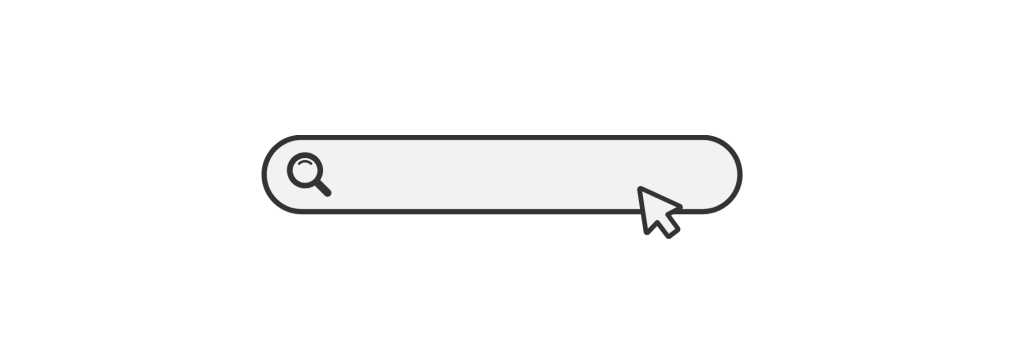Problem-based learning (PBL)
Subject-Networking and telecommunication
Problem-based learning (PBL) is broken down into 3 phases: understanding the problem, exploring the available information, and resolving the problem. Each phase includes a series of steps, as follows:
Understand the problem.
- Meet the problem: Orient yourself to the problem.
- Determine what is known and what needs to be known or discovered.
- Define the problem statement: What exactly is the problem?
- Explore the available information.
- Collect information from a variety of sources.
- Share and document information from discovery.
- Generate possible solutions for comparison and consideration.
- Resolve the problem.
- Determine the solution that best fits.
- Present and justify the solution.
- Debrief the problem with a conclusion and the lessons that you learned.
write 400–600 words that respond to the following with your thoughts, ideas, and comments. This will be the foundation for future discussions . Be substantive and clear, and USE EXAMPLES to reinforce your ideas:Based on the description of PBL above, answer the following questions:
- What are your overall thoughts on PBL?
- What ideas and plans do you have about approaching each of the 3 main phases and related tasks?
- What are the pros and cons of PBL?
Note – Please make it very effectively and no plagiarism please be in the concept and use examples and min of 3 references
…………………..Answer preview for Problem-based learning (PBL) …………………………
Problem-based learning is the process of learning using a method of looking for solutions to problems.Problem-based learning involves three stages that understand the problem, exploring the available information and finally resolving the problem. Each of these steps includes a series of steps which…………………
APA
571 words


